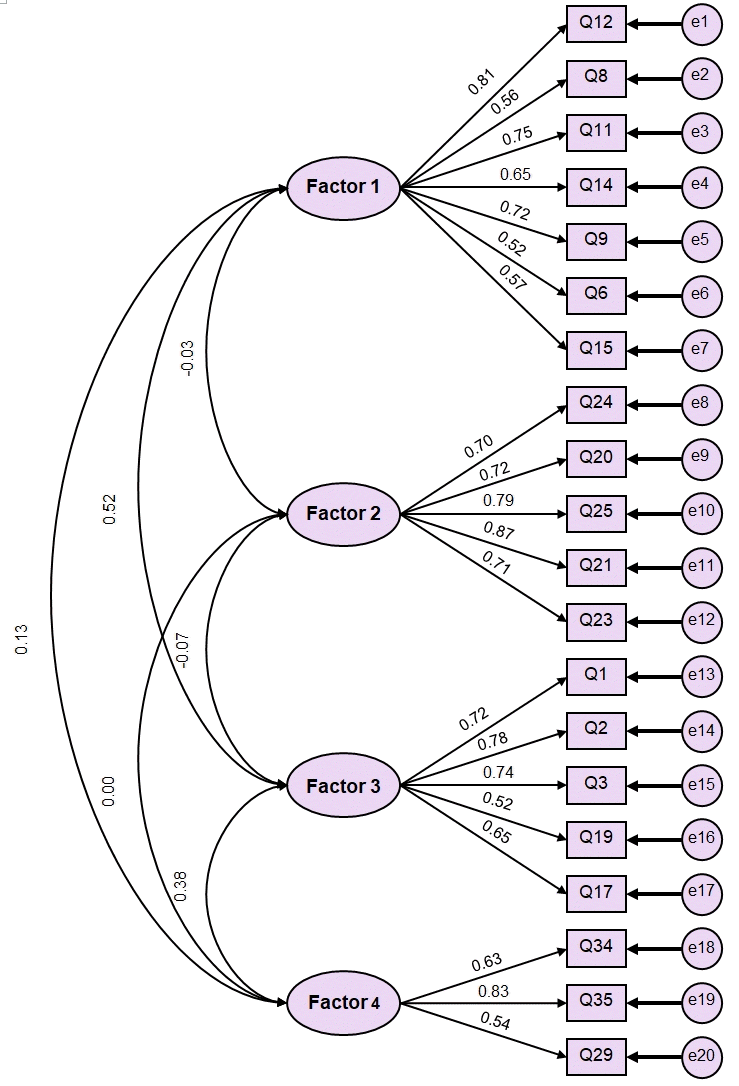2. Dehghanzadeh S, Jafaraghaee F. Comparing the effects of traditional lecture and flipped classroom on nursing students’ critical thinking disposition: a quasi-experimental study. Nurse Educ Today. 2018; 71:151–156.
https://doi.org/10.1016/j.nedt.2018.09.027.

3. Oh J, Kim SJ, Kim S, Kang KA, Kan J, Bartlett R. Development and evaluation of flipped learning using film clips within a nursing informatics course. Jpn J Nurs Sci. 2019; 16:385–395.
https://doi.org/10.1111/jjns.12245.

4. Thorndike EL. The fundamentals of learning. New York (NY): Teachers College, Columbia University;1932.
5. Yildiz Durak H. Flipped learning readiness in teaching programming in middle schools: modelling its relation to various variables. J Comput Assist Learn. 2018; 34(6):939–959.
https://doi.org/10.1111/jcal.12302.

7. Akaslan D, Law EL. Measuring student e-learning readiness: a case about the subject of electricity in higher education institutions in turkey. In : Leung H, Popescu E, Cao Y, Lau RW, Nejdl W, editors. Advances in Web-Based Learning: ICWL 2011. Berlin: Springer;2011.
https://doi.org/10.1007/978-3-642-25813-8_22.

8. Lau WW, Yuen AH. Developing and validating of a perceived ICT literacy scale for junior secondary school students: pedagogical and educational contributions. Comput Educ. 2014; 78:1–9.
https://doi.org/10.1016/j.compedu.2014.04.016.

9. Halek M, Holle D, Bartholomeyczik S. Development and evaluation of the content validity, practicability and feasibility of the innovative dementia-oriented assessment system for challenging behaviour in residents with dementia. BMC Health Serv Res. 2017; 17:554.
https://doi.org/10.1186/s12913-017-2469-8.

10. Wang Y, Wu L, Zhou H, Xu J, Dong G. Development and validation of a self-reported questionnaire for measuring Internet search dependence. Front Public Health. 2016; 4:274.
https://doi.org/10.3389/fpubh.2016.00274.

11. O’Connor BP. SPSS and SAS programs for determining the number of components using parallel analysis and Velicer’s MAP test. Behav Res Methods Instrum Comput. 2000; 32:396–402.
https://doi.org/10.3758/bf03200807.

13. Alyami M, Henning M, Krageloh CU, Alyami H. Psychometric evaluation of the Arabic version of the fear of COVID-19 scale. Int J Ment Health Addict. 2020; May. 16. [Epub].
https://doi.org/10.1007/s11469-020-00316-x.

16. Cattell RB. The scientific use of factor analysis in behavioral and life sciences. New York (NY): Plenum Press;1978.
18. Chou CL, Hung ML, Tsai CW, Chang YC. Developing and validating a scale for measuring teachers’ readiness for flipped classrooms in junior high schools. Br J Educ Technol. 2020; 51:1420–1435.
https://doi.org/10.1111/bjet.12895.

20. Tullis T, Albert B. Self-reported metrics. In : Tullis T, Albert B, editors. Measuring the user experience: collecting, analyzing, and presenting usability metrics. 2nd ed. Boston (MA): Morgan Kaufmann;2013. p. 121–161.




 PDF
PDF Citation
Citation Print
Print





 XML Download
XML Download